JHZR2
Staff member
My 98 Chevy S-10 ZR2 (4.3L V6) sits a lot. I keep a battery charger on it for good measure, but it can be more than that - it can be a necessity. For some reason the voltage after sitting can go to be quite low - say, low 12's, though it will never go below that that I have observed (perhaps because I always have put a charger on there to be careful).
Recently I was concerned that it appeared that the headlights would vary in brightness when at idle. Of course I knew of the voltage issue, but my past tries at isolating that have not been successful. So I figured Id go to Autozone and AAP to get the free checks and see what they could tell me. The first AAP botched the free test because he didn't put the amp clamp on correctly, the second place said nothing wrong. The Autozone said all was well but at the initial startup said there was too much ripple. FYI, I have an Autozone reman in there because at one point I thought my idle shake was coming from a noisy bearing in the alternator (stupid me I guess).
So since I was getting a new free alternator, I wanted to do some checking... When the door is opened or the vehicle recently turned off, the draw is quite high... 0.8-0.9A for I'd say 15-30 seconds.
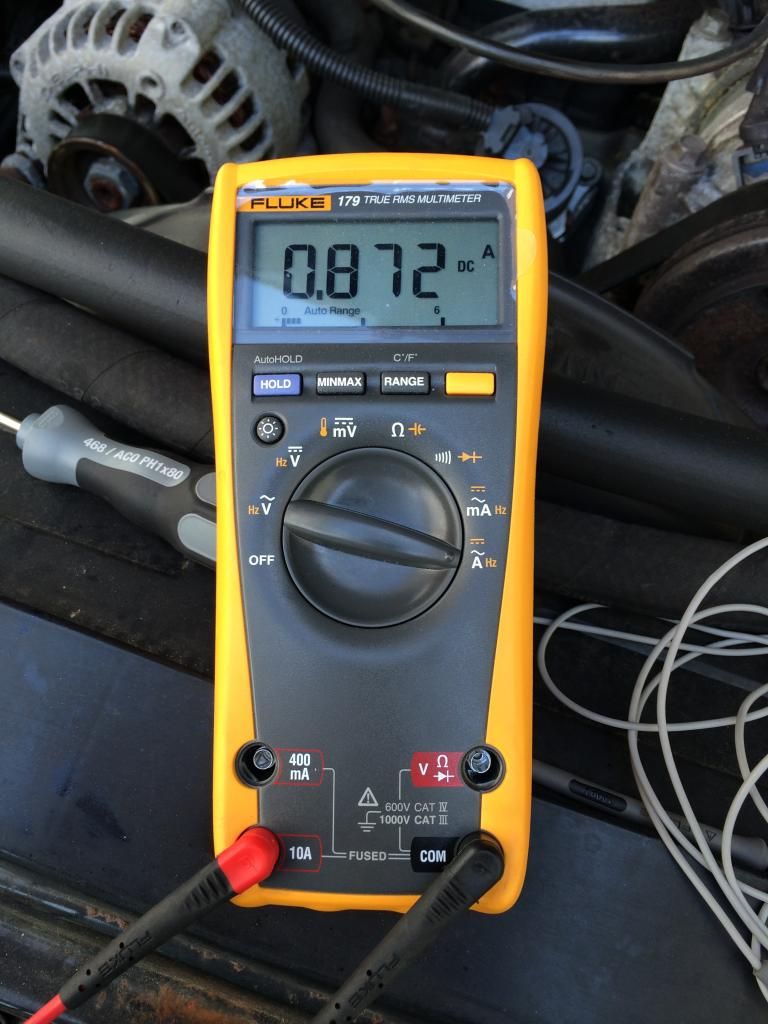
Then it drops to about 0.1A
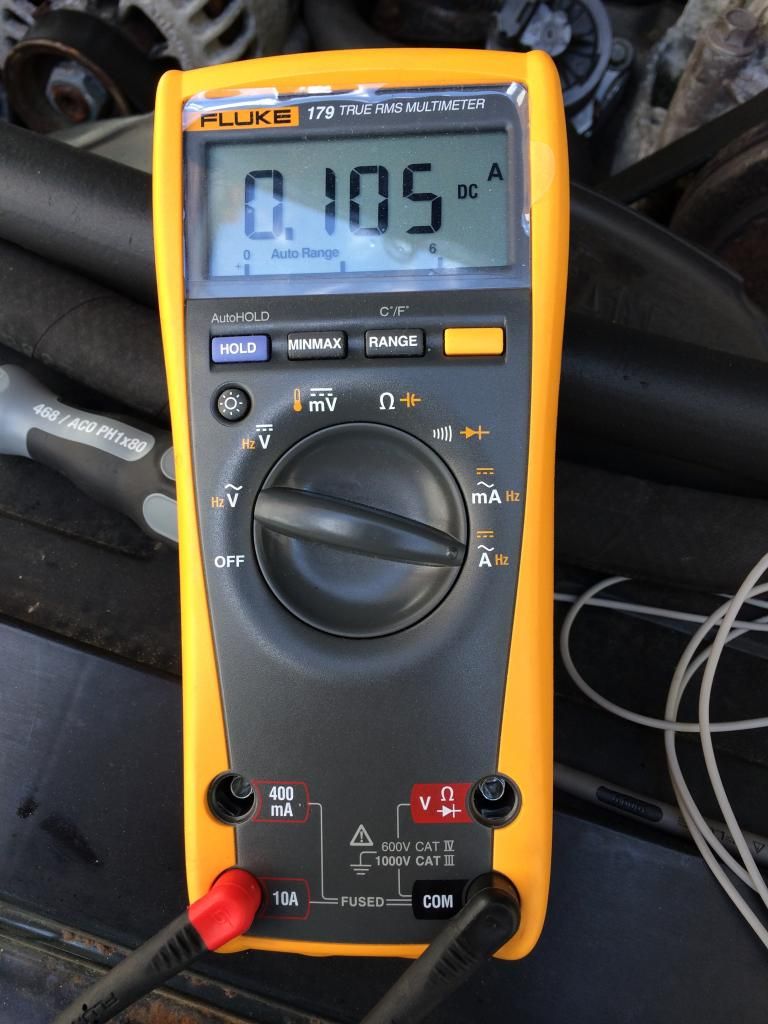
After a minute or so, I can sometimes hear a faint click, but one way or another, it drops to 0.03A
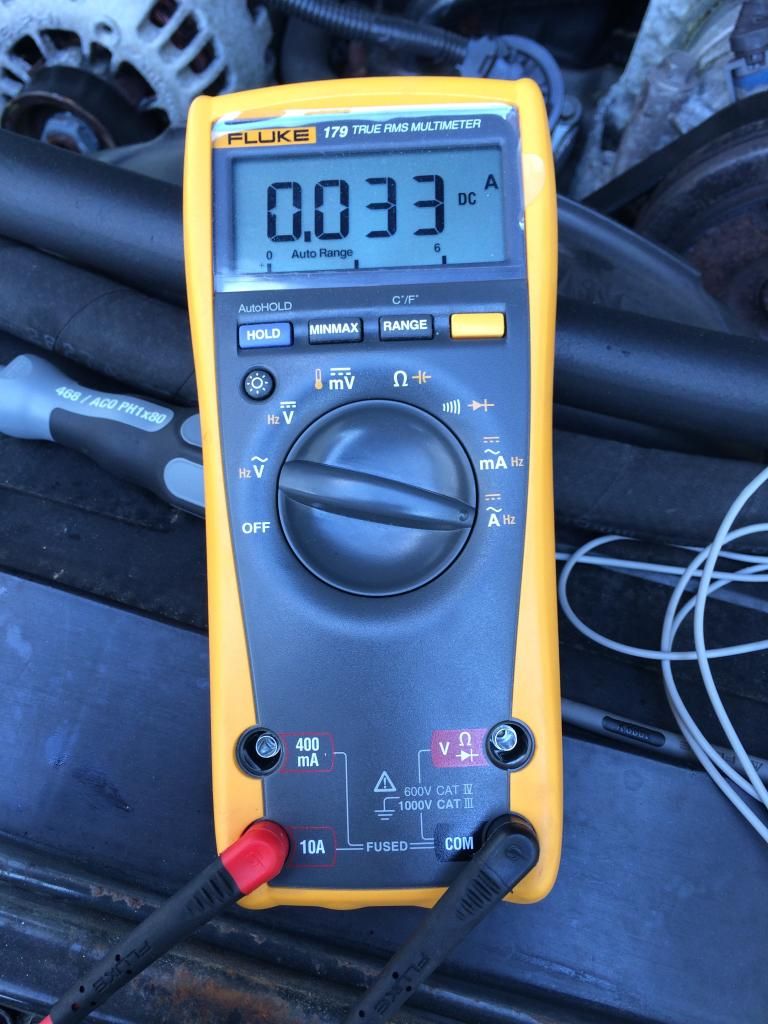
Id think that 0.03A is sufficiently low enough to not create issues, at least over short time periods which is when I see voltages drop low, no?
So I replaced the alternator with an AZ rebuild. I noticed a lot of black dirt on the old alternator all in one spot. Not sure if it is related to the belt, pulley, or something inside... Thoughts?
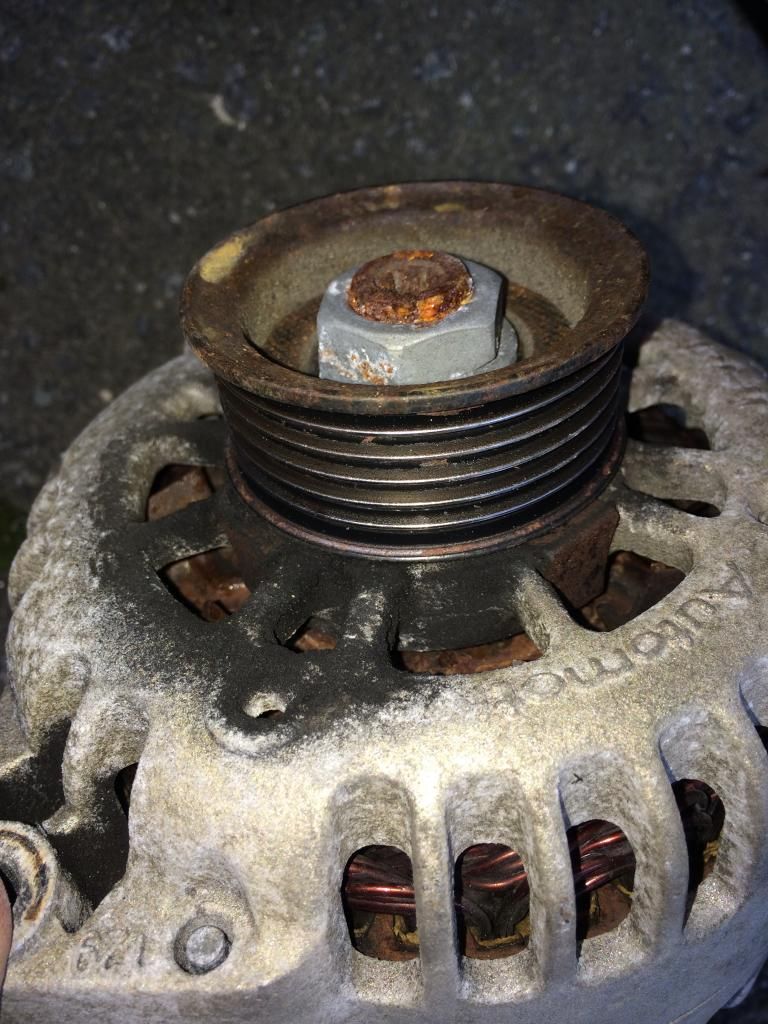
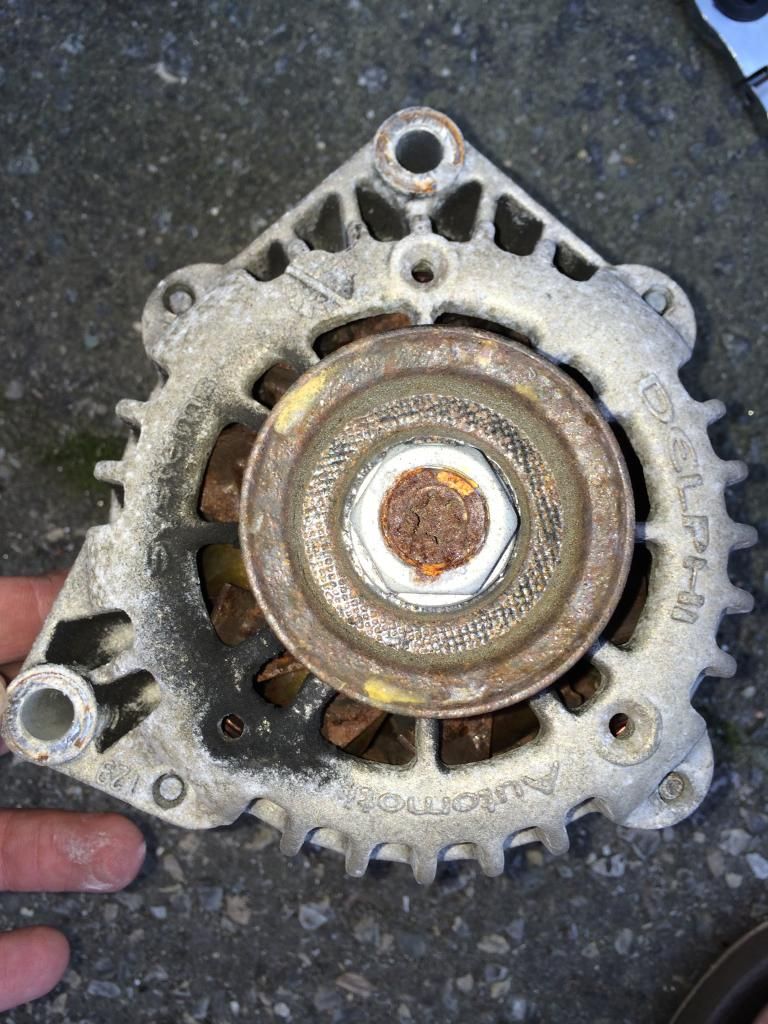
Also, I noticed that the existing alternator and the replacement (which had a Remy marking on it, not Delphi) has four pins in the alternator, while my harness has only one. Any ideas why there are four pins in both of these? I assume the single pin in my harness is the exciter?

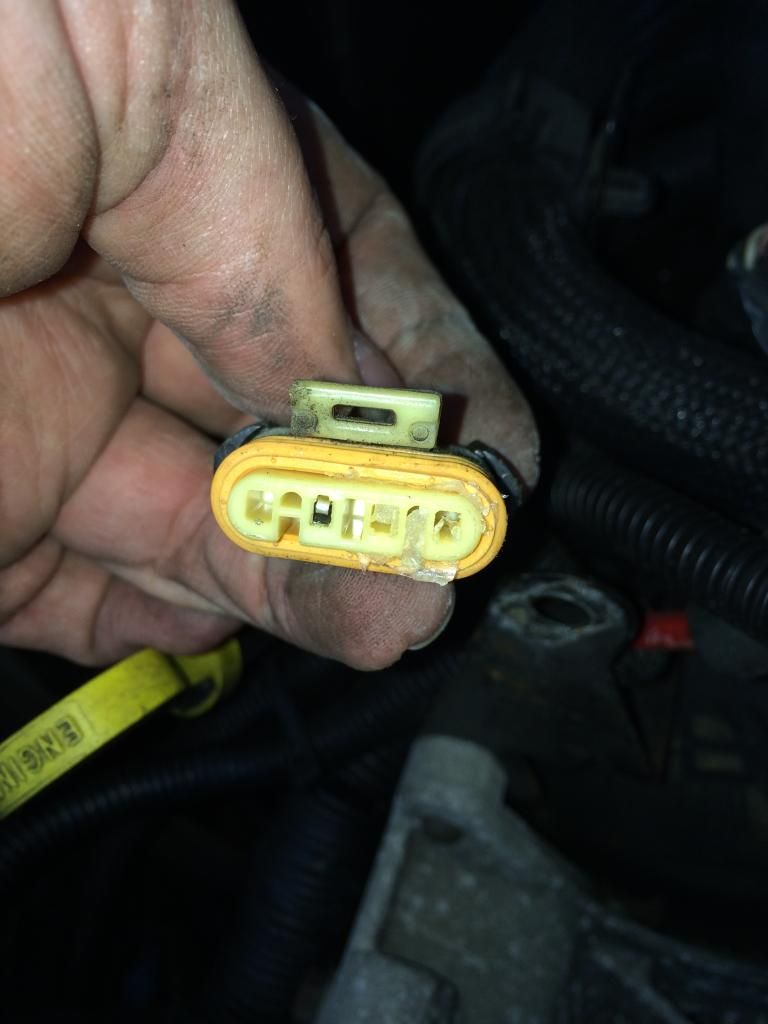
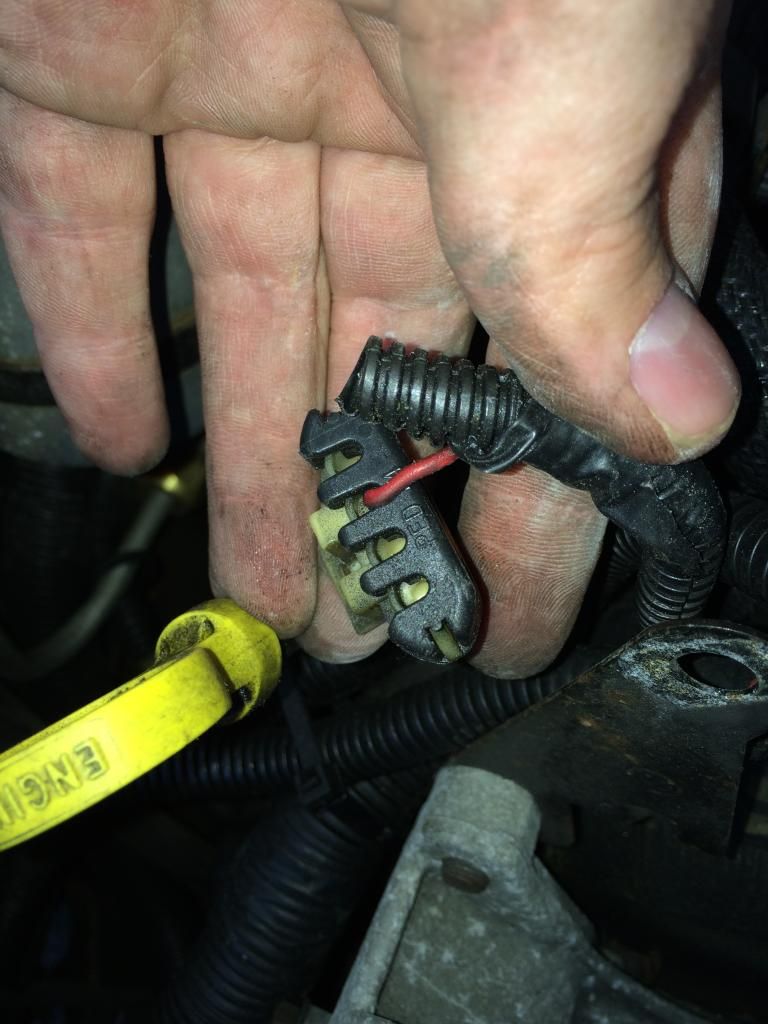
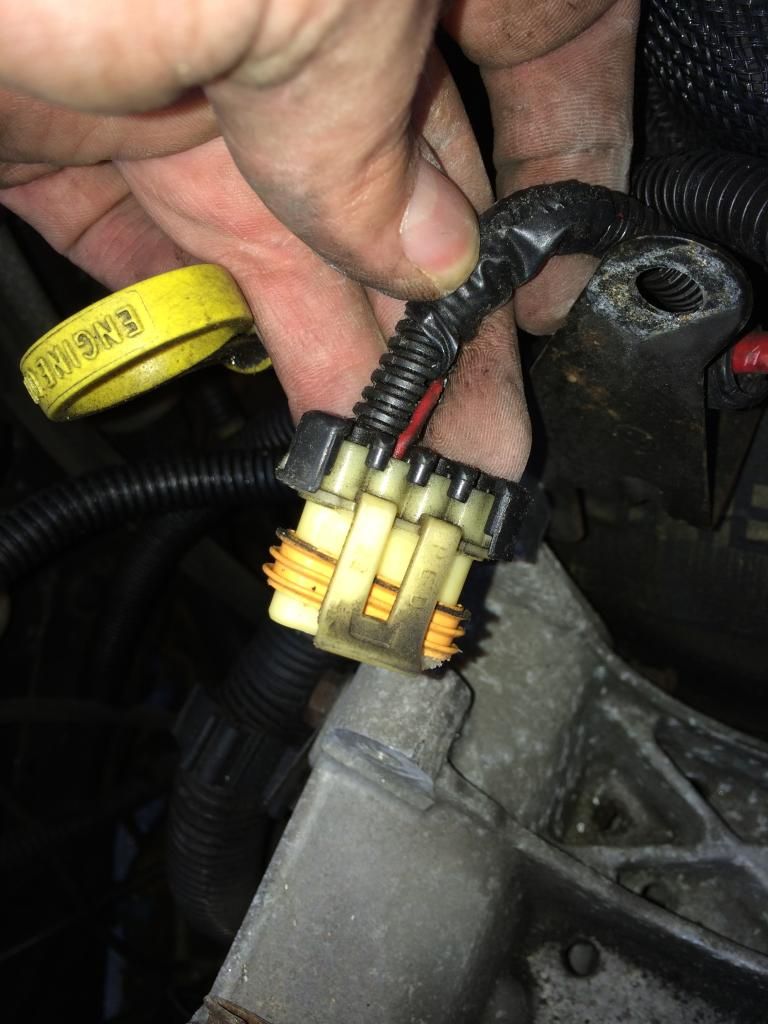
When I installed the new alternator, I checked out the AC ripple on the volt meter. I got 34.9mVAC, certainly very low. Any idea what the acceptable range is for reference?
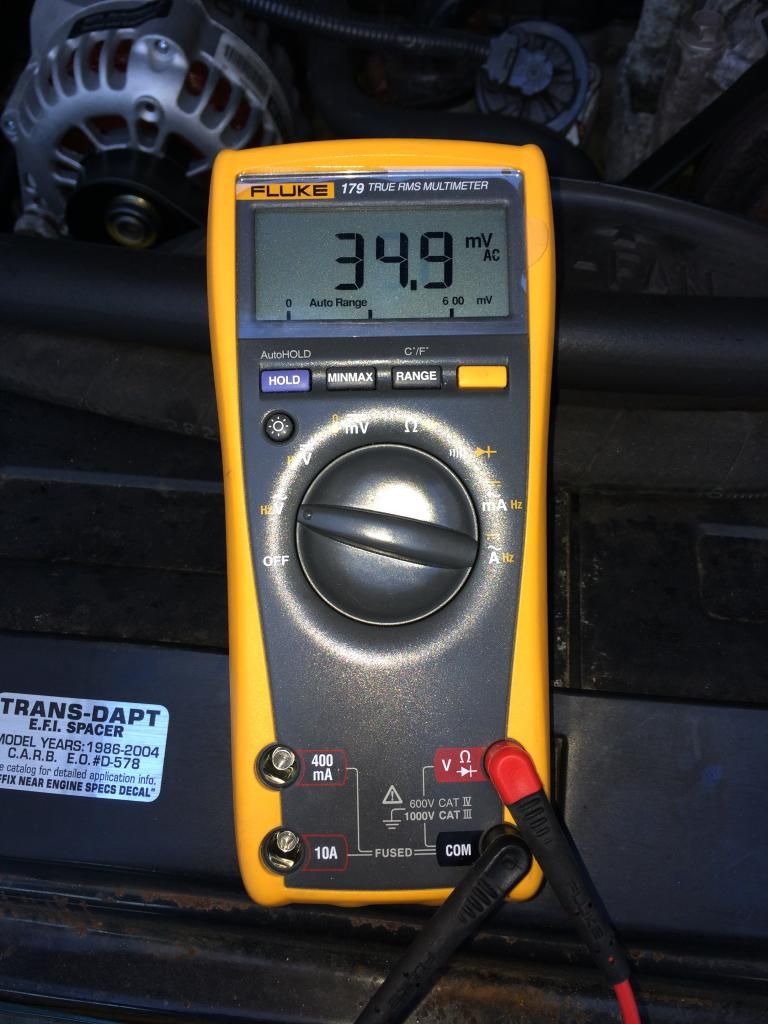
The other odd thing I am seeing is that the reading from my scan gauge is different from the actual reading of a DVM. I verified that the cigarette lighter voltmeter I have in one of the power ports reads spot on with my Fluke... and when I put the Fluke in the OBD port, it reads the same as the other voltmeter in the cigarette port.

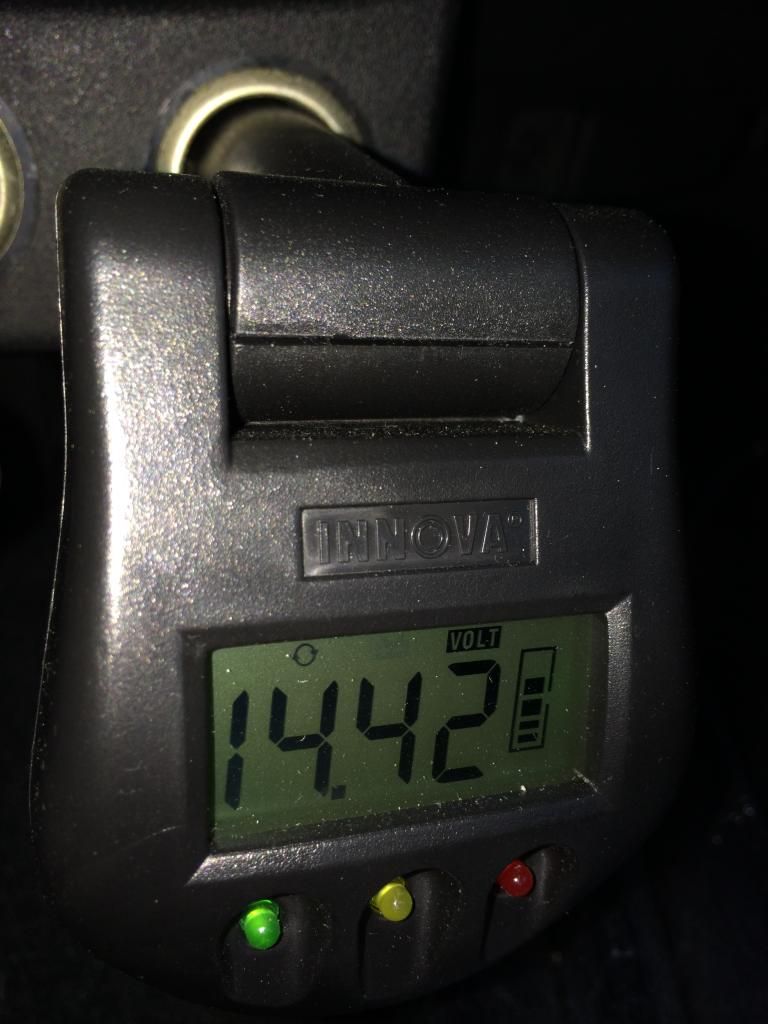
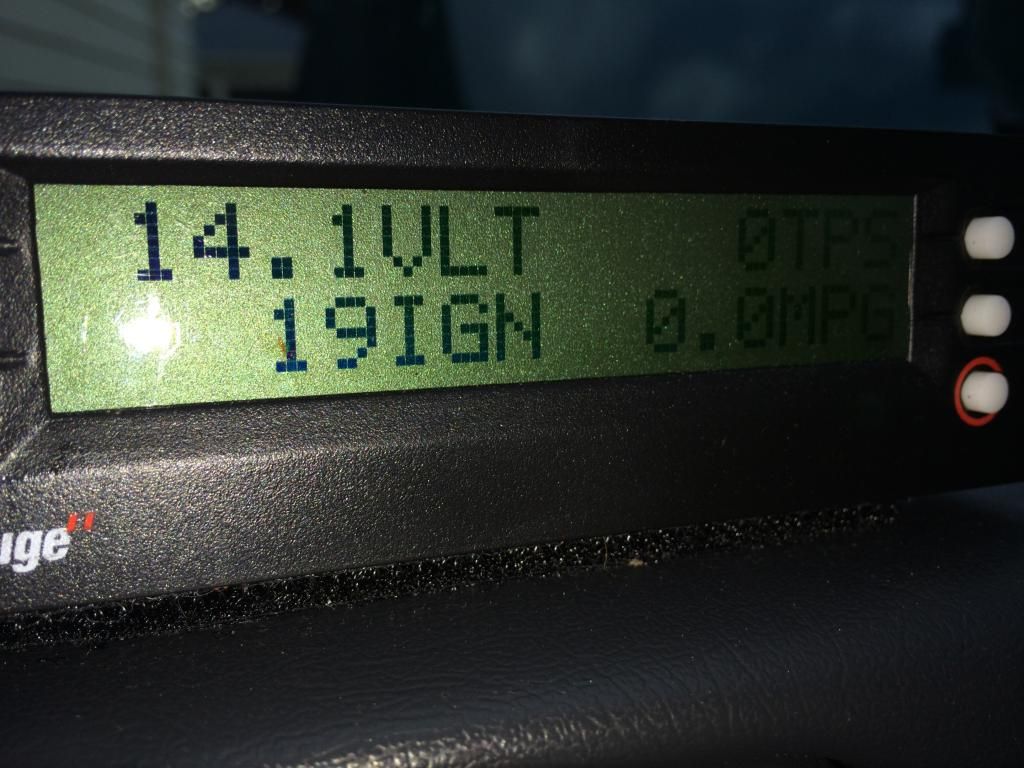
So either the scan gauge is improperly calibrated, or perhaps it gets a reading from the ECU, which is getting an improper value? Anyone know if the SG pulls a voltage reading from the OBD pins or from a data signal? I guess Ill have to check that out.
So, now a number of hours after I completed the alternator install, and with a brand new battery installed today, Im seeing 12.69V on the battery... Not bad. I suppose that the old alternator had something wrong in one of the diodes that was intermittent... Since the AP stores didn't pick it up with their equipment (as good or bad as it may be), something else may also be off or odd... But time will tell.
Will be interesting to track over the next few days and see if the alternator did fix things or not... Something was/is not right, and if the ECU is reporting an incorrect voltage, that is another issue... But time will tell.
Recently I was concerned that it appeared that the headlights would vary in brightness when at idle. Of course I knew of the voltage issue, but my past tries at isolating that have not been successful. So I figured Id go to Autozone and AAP to get the free checks and see what they could tell me. The first AAP botched the free test because he didn't put the amp clamp on correctly, the second place said nothing wrong. The Autozone said all was well but at the initial startup said there was too much ripple. FYI, I have an Autozone reman in there because at one point I thought my idle shake was coming from a noisy bearing in the alternator (stupid me I guess).
So since I was getting a new free alternator, I wanted to do some checking... When the door is opened or the vehicle recently turned off, the draw is quite high... 0.8-0.9A for I'd say 15-30 seconds.

Then it drops to about 0.1A

After a minute or so, I can sometimes hear a faint click, but one way or another, it drops to 0.03A

Id think that 0.03A is sufficiently low enough to not create issues, at least over short time periods which is when I see voltages drop low, no?
So I replaced the alternator with an AZ rebuild. I noticed a lot of black dirt on the old alternator all in one spot. Not sure if it is related to the belt, pulley, or something inside... Thoughts?


Also, I noticed that the existing alternator and the replacement (which had a Remy marking on it, not Delphi) has four pins in the alternator, while my harness has only one. Any ideas why there are four pins in both of these? I assume the single pin in my harness is the exciter?




When I installed the new alternator, I checked out the AC ripple on the volt meter. I got 34.9mVAC, certainly very low. Any idea what the acceptable range is for reference?

The other odd thing I am seeing is that the reading from my scan gauge is different from the actual reading of a DVM. I verified that the cigarette lighter voltmeter I have in one of the power ports reads spot on with my Fluke... and when I put the Fluke in the OBD port, it reads the same as the other voltmeter in the cigarette port.



So either the scan gauge is improperly calibrated, or perhaps it gets a reading from the ECU, which is getting an improper value? Anyone know if the SG pulls a voltage reading from the OBD pins or from a data signal? I guess Ill have to check that out.
So, now a number of hours after I completed the alternator install, and with a brand new battery installed today, Im seeing 12.69V on the battery... Not bad. I suppose that the old alternator had something wrong in one of the diodes that was intermittent... Since the AP stores didn't pick it up with their equipment (as good or bad as it may be), something else may also be off or odd... But time will tell.
Will be interesting to track over the next few days and see if the alternator did fix things or not... Something was/is not right, and if the ECU is reporting an incorrect voltage, that is another issue... But time will tell.

